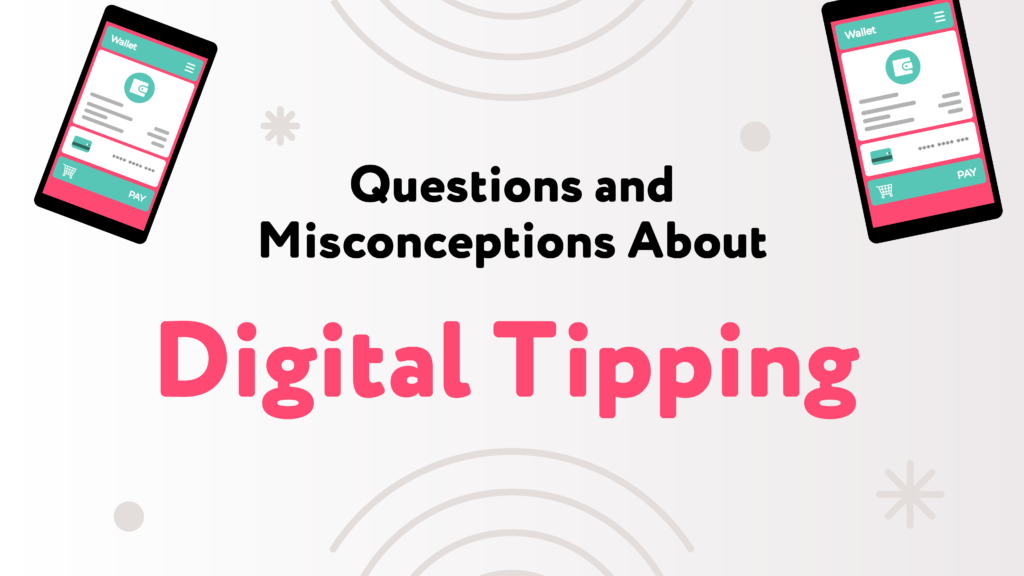Questions and Misconceptions About Digital Tipping

As the world embraces the convenience and efficiency of digital solutions, the concept of digital tipping is gaining traction across various industries. However, like any new technology or practice, there are questions and misconceptions about digital tipping that need to be addressed. In this blog post, we’ll tackle some of the most common queries and dispel the myths surrounding digital tipping solutions.
Misconception #1: Digital tipping is impersonal and takes away the human element.
Reality: Digital tipping is simply a modern method of facilitating the exchange of tips, but it doesn’t diminish the personal aspect of the service experience. In fact, digital tipping can enhance transparency and foster a deeper sense of appreciation between customers and service staff.
Misconception #2: Digital tipping is complicated and requires advanced technical skills.
Reality: Most digital tipping solutions are designed with user-friendliness in mind. Customers can easily tip using their preferred payment method, such as a credit or debit card, mobile wallet, or QR code scanning. The process is often as simple as a few taps on their device.
Misconception #3: Digital tipping is less secure than cash tipping.
Reality: Reputable digital tipping platforms employ robust security measures, such as encryption and tokenization, to protect sensitive financial information. Additionally, digital tips are easily traceable, reducing the risks associated with cash handling, such as theft or loss.
Misconception #4: Digital tipping is only suitable for certain industries.
Reality: While digital tipping is particularly beneficial for businesses in the hospitality, food service, and personal care industries, it can be adapted to various service-based sectors where tipping is a common practice.
Misconception #5: Digital tipping is more expensive for businesses.
Reality: While there may be initial setup costs associated with implementing a digital tipping solution, the long-term benefits often outweigh the expenses. Digital tipping can reduce administrative overhead, minimize compliance risks, and improve employee satisfaction, ultimately leading to cost savings for the business.
As the world continues to evolve, embracing digital solutions like digital tipping is not just a matter of convenience but a strategic move towards future-proofing your business. Don’t let misconceptions hold you back – explore the possibilities of digital tipping and unlock its full potential.

